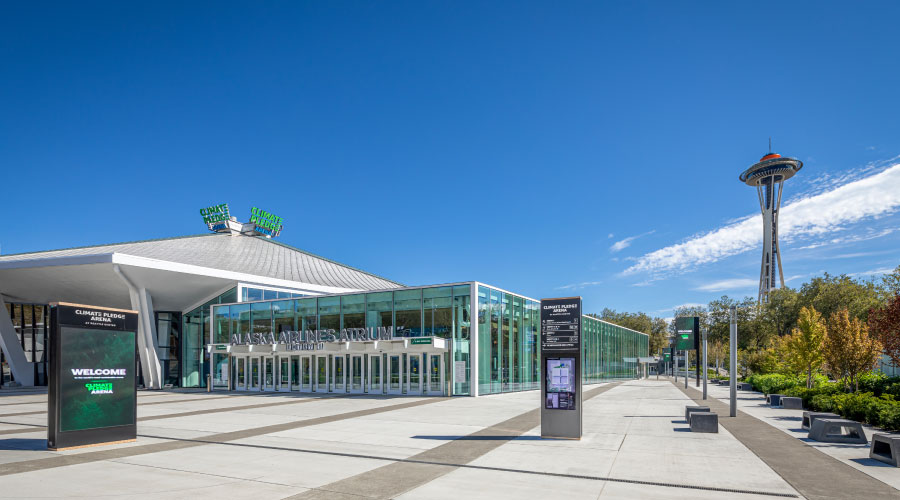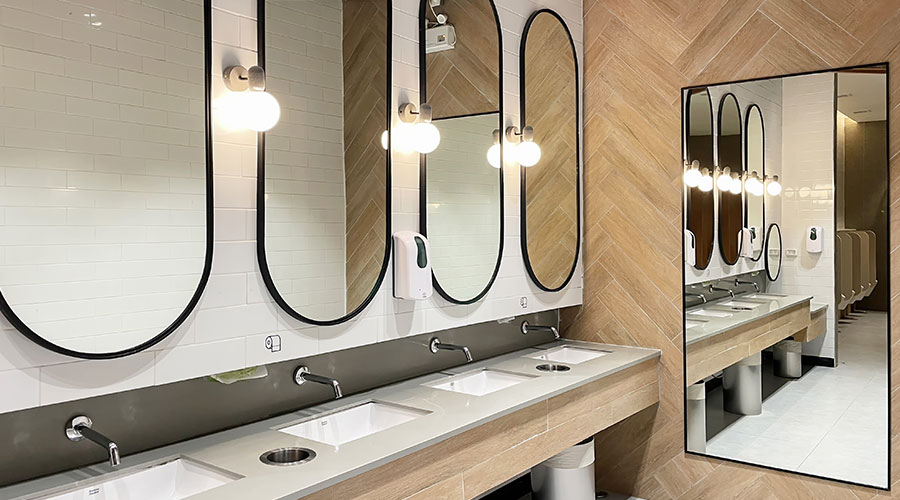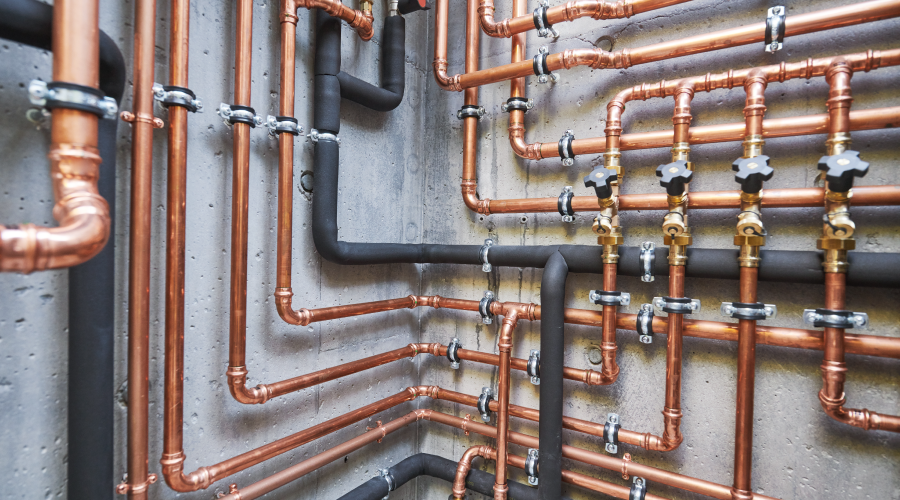Restroom Design Choices Can Greatly Influence Image Of Facilities
Restroom design can play a large role in determining the image occupants and visitors have of a facility. Poor restroom design choices can create a poor first impression that's hard to overcome.
Facility restrooms are one of those areas that you never notice until you do. And when managers notice a restroom, it is usually because someone has complained about it.
Even though restrooms frequently go unnoticed by building managers, they are one of the most visible and memorable areas within any facility to both building occupants and visitors. Surveys of both groups regularly show that the appearance and cleanliness of restrooms are below what they consider to be acceptable or desirable. Make a bad first impression, and chances are you are stuck with it for a very long time.
New construction and major renovation projects give managers the opportunity to greatly improve the image of their restroom facilities, but only if they make the best of that opportunity. Doing more of the same will only give you the same results, appearances and complaints.
The image that is projected by a facility's restrooms is a direct result of the planning that went into the design of the facilities. Planning is more than just selecting fixtures and finishes. Restrooms are high-use, high-maintenance areas, and unless they are specifically designed to address these factors, their appearance and cleanliness will suffer.
While appearance and cleanliness are important factors, they are not the only ones that must be considered. Elements of the design will determine how easy it will be to maintain the restroom. Components installed in the restroom will impact both actual hygiene and the perceived level of hygiene. Energy and water use will also be determined by the design.
Positive Appearance
The positive appearance of a restroom is determined to a great extent by the suitability of the design. The layout of the space, the selection of the components installed, and the level of security provided all depend on the needs of the users. High-traffic restrooms should be located so that they are readily visible. There should be enough of them with a sufficient number of fixtures to meet the traffic flow, including sudden surges in use. And the entrances and exits should be sized and positioned to avoid impeding traffic.
High-profile restrooms, such as those installed in corporate headquarters, upscale restaurants, and hotels, require an appearance that projects a certain image to those who work in and visit the facilities. In these locations, it is essential that finishes and materials selected for the restrooms support the image that the facility wishes to project. Similarly, it is important to not skimp on space. Ceilings should be high, aisles wide, and fixtures spaced widely.
Restrooms that are at risk for abuse or vandalism also have special requirements if they are to maintain an acceptable appearance. Finishes and fixtures should be durable and resistant to graffiti and other abuse. Restrooms should be located in high-visibility areas, not out-of-the-way locations where activities cannot be observed by employees and other building occupants. Consider a door-less design that uses a vestibule for screening. With no door, sound from the restroom is easily transmitted to the corridor in the event of an emergency.
Another factor that influences a restroom's appearance is the durability of the components used. The focus at design time too often is on minimizing first costs. Focusing on first costs means that compromises will be made when selecting fixtures and finishes. Durable ones naturally cost more. So, in an attempt to keep first costs low, compromises are made. Finishes and components that are durable are sacrificed for ones that are less costly. The first costs are reduced at the expense of long-term performance, appearance, and costs.
To reduce long-term operating costs while maintaining the best appearance of the space, building managers should make selection decisions on the basis of life-cycle costing. Over the 20-year life of the typical restroom facility, operating and maintenance costs will exceed the first costs. This is particularly the case for those facilities were maintaining a certain level of appearance is important. Life-cycle costing will help building managers achieve a balance between long-term performance and first costs.
Related Topics:














